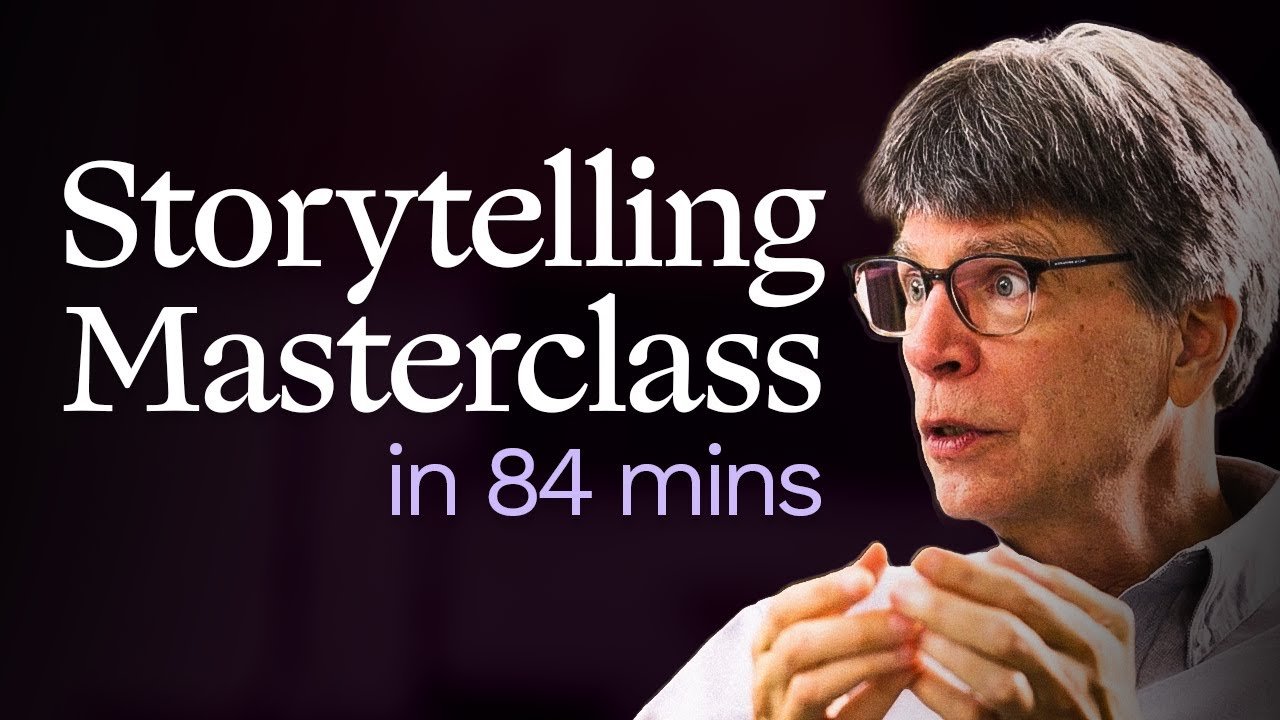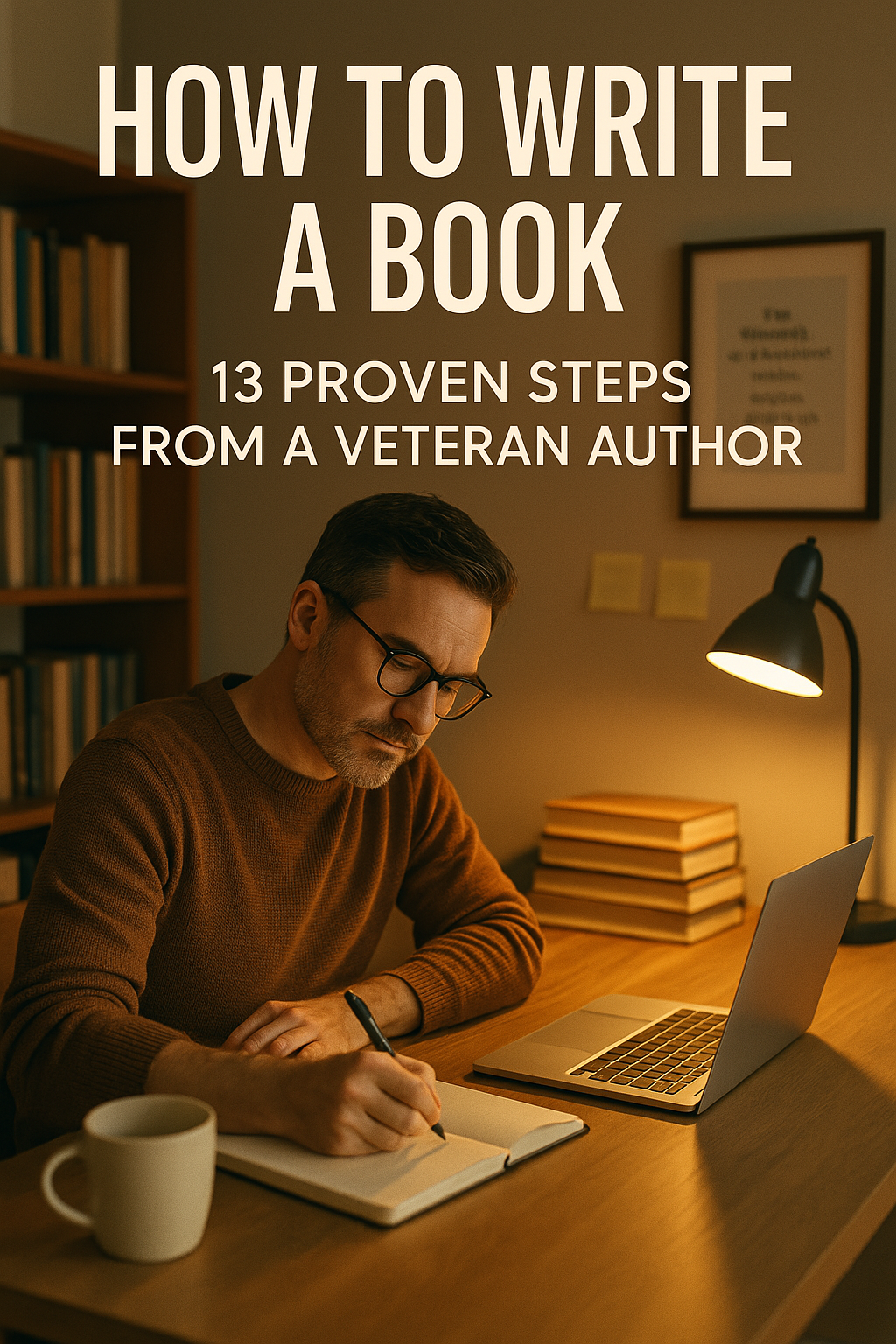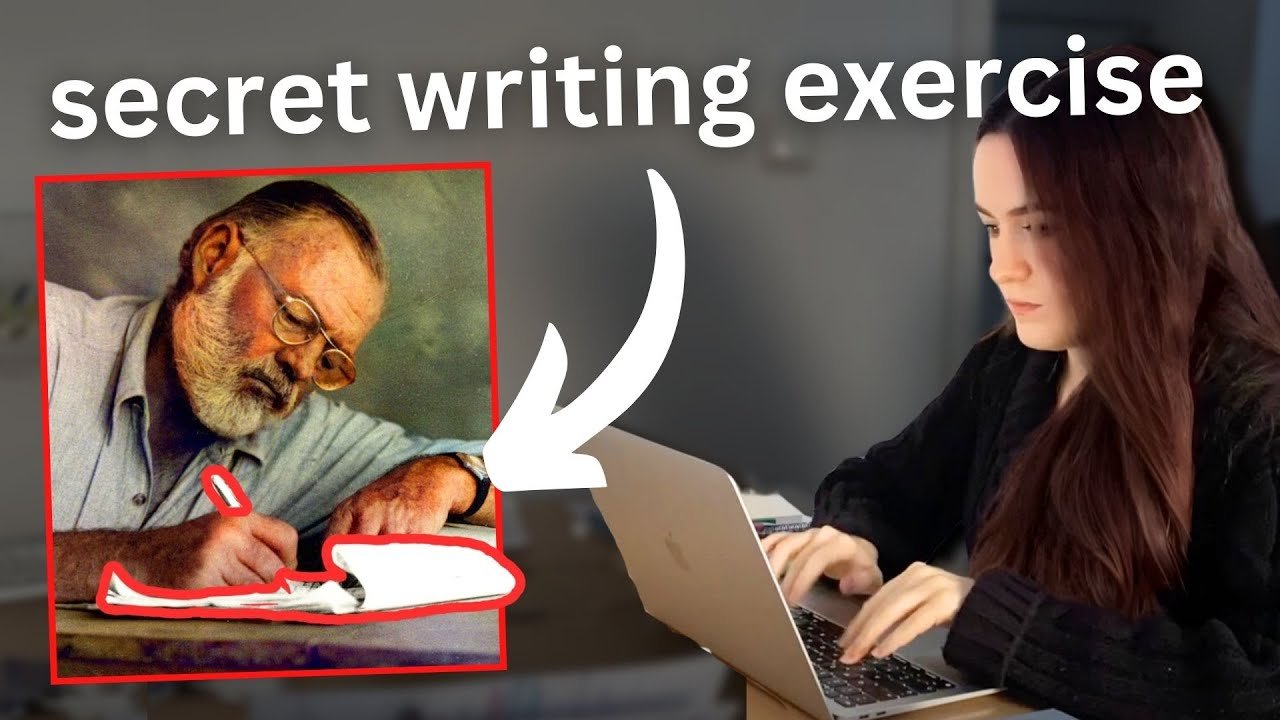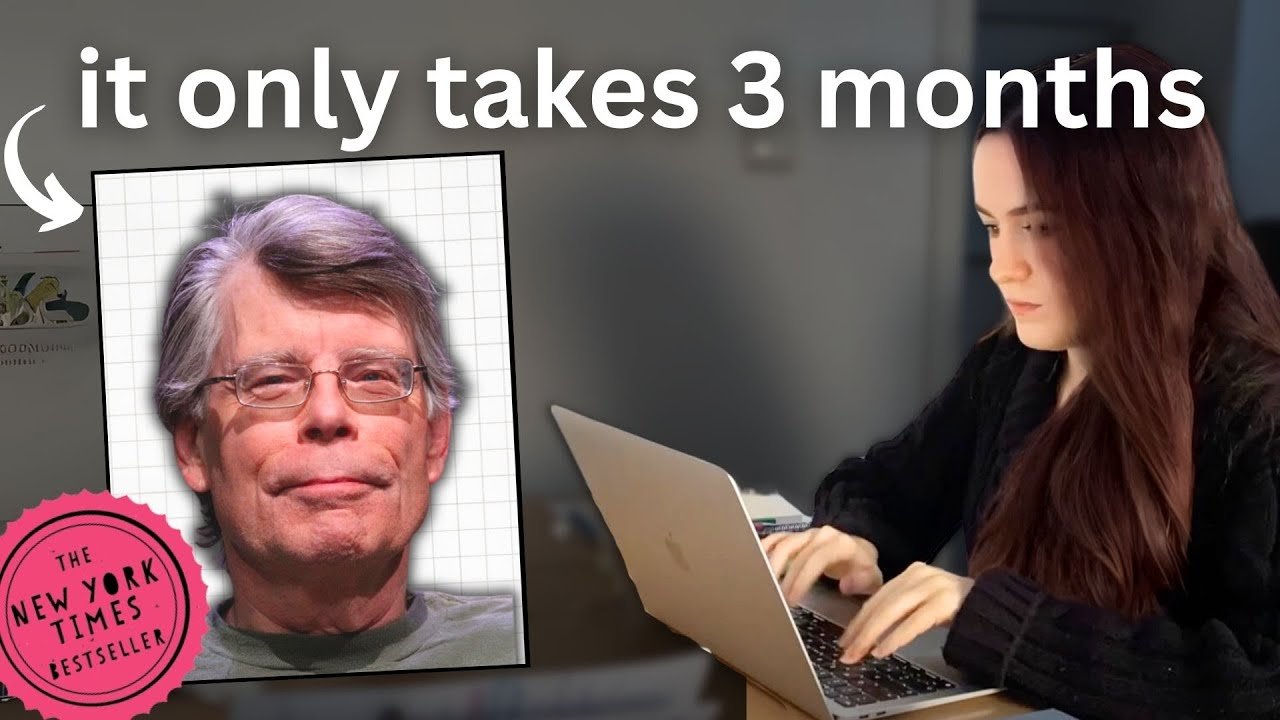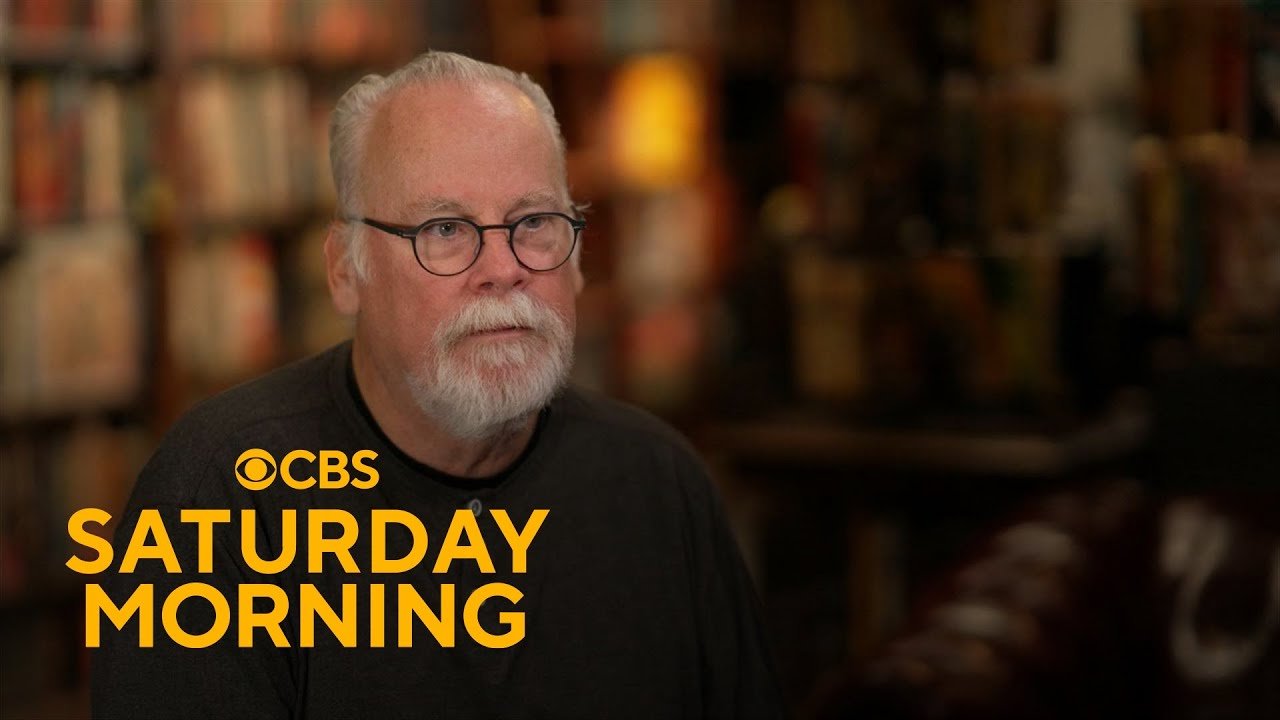Writing a great story isn’t just about putting words on paper. It’s about making those words hit the reader’s brain and heart at the same time. When you master how to craft characters, voice, and conflict, you turn words into life. Richard Powers, a Pulitzer Prize-winning novelist, shares deep insights into what makes stories deeply convincing. His lessons can help you write stories that truly stick in people's minds.
Building Characters That Feel Real and Complex
Why Deep Characters Matter
Characters aren’t just names on a page; they’re like onions with many layers. Powers explains that characters are driven by inner values and conflicts. They carry secrets, hopes, fears, and contradictions. For example, in Overstory, Powers creates characters with backgrounds as different as Todd Keane, a wealthy Chicagoan, and Rafi, a young man from the South Side. Their differences highlight how characters can be used to explore personal and societal issues.
How Conflict Sparks Drama
Characters don't just exist—they clash. Conflict is the fire that makes stories exciting. Powers points out three main types:
- Person vs. person: Two characters fighting or disagreeing
- Person vs. self: Inner struggles with morality or choices
- Person vs. environment: Humans fighting nature or society
He also talks about a third, bigger conflict: humans versus the Earth. That’s the drama of ecology and the universe. These conflicts naturally create tension and keep readers hooked.
Tips to Make Characters Memorable
Use speech, habits, and inner values to reveal character traits. Powers likens crafting characters to the Stanislavski method—actors inhabit roles by drawing from core values like honesty or loyalty. As a writer, you can develop a "character onion"—starting with surface traits like clothing, then peeling down to their inner beliefs and fears. Challenge your characters with impossible choices to deepen their conflict and make their decisions meaningful.
The Voice Behind the Story
What Is Voice and Why Does It Matter?
Voice is how characters express themselves through words, tone, and rhythm. It’s what makes each character sound unique. Powers notes that voice is shaped by diction—word choice—and by rhythm, cadence, and register. These elements reflect social background, personality, and mood.
How to Build an Authentic Voice
- Language choices: Using Latin-derived words can sound formal, while Anglo-Saxon words feel more casual.
- Sentence style: Short, punchy sentences create speed or tension. Long, flowing sentences set a relaxed or poetic tone.
- Speaking out loud: Always read your dialogue and narration aloud. This helps you hear if it sounds natural and lively.
Rhythm and Pacing with Language
Controlling sentence length and structure allows you to influence how readers feel. Astonishingly, Powers suggests experimenting with "delayed predication"—saying less upfront and revealing information gradually. This way, you can create suspense or curiosity through sentence structure. The rhythm makes language dance on the page, pulling readers right into the scene.
Conflict and Drama: How to Keep Tension Alive
Different Types of Drama
Story conflicts happen at many levels:
- Interpersonal: Two characters fighting or arguing
- Internal: Inner doubts or moral struggles
- Environmental: Nature or society threatening characters
But Powers emphasizes a larger, more abstract struggle: humans fighting against the Earth and universe itself. It’s a critical theme in today’s climate crisis.
Crafting the Dramatic Arc
Effective stories follow a path:
- Hook: Catch attention with an intriguing opening
- Exposition: Introduce characters and stakes
- Rising action: Raise conflict, complicate problems
- Climax: The story's high point of tension
- Resolution: Show how conflicts are resolved or left open
Use tension graphs to map rising and falling stakes. Surprise your readers with unexpected twists or revelations that challenge their expectations.
Connecting to Ecological Themes
In modern stories, the environment becomes a character itself—an unreliable ally or a hostile force. Powers’ Overstory shows how trees and nature are active participants, revealing how ecological conflicts deepen storytelling.
The Art of Description and Scene Creation
Making Descriptions Vivid and Memorable
Great descriptions do more than paint scenes—they evoke feelings. Powers describes the different trees’ characteristics, bringing them alive in the mind of the reader. Each tree has its own “excellence”: the ash’s bark, walnuts’ leaves, maples’ helicopters. He advises writers to think of drafts as notes noting what they want to emphasize. Later, these notes can be refined for more grace and subtlety.
Using Personification and Spirit in Nature Writing
Powers often anthropomorphizes trees and other elements—giving them human qualities. He details how trees communicate with roots and signals, creating a spiritual link between humans and the natural world. This approach helps readers see nature not as static objects but as active, sentient beings.
Surprising Language and Rhythm in Descriptions
Sometimes, you want to create tension or wonder with your language. Powers shares how a simple phrase like "each child's tree has its own excellence" carries surprise. By ending a sentence unexpectedly, you keep readers curious—and more engaged.
Crafting Sentences That Pour Mood and Impact
Controlling Sentence Flow
Different sentence structures evoke different feelings:
- Forward-driving: Short, direct sentences build speed and tension
- Delayed predication: Hanging information until later can create suspense
- Split structures: Breaking a sentence in the middle adds humor or surprise
For example, starting with “He pointed the gun at his friend,” immediately confronts the reader with action. Rearranged, it might build suspense—“Across the yard, near the fence, where a tiny brook ran...” Place the unexpected at the end to surprise readers.
Choosing Diction and Style
Diction impacts tone. Powers notes that Anglo-Saxon words tend to be straightforward; Latin words sound more formal or high-class. You can craft a character’s tone by selecting the right words—using formal language for nobility, slang for street-smart characters.
Practical Approach
Read your sentences aloud. Listen for rhythm, tone, and impact. Vary your sentence length to keep your writing dynamic and engaging.
Dialogue: Breathing Life into Characters and Conflicts
Making Dialogue Feel Real and Expressive
Authentic dialogue combines realism with storytelling needs. It should reflect how real people speak but also serve the plot. Anthony Patchet’s characters, for instance, seem to speak naturally because her writing captures their voices vividly. Conversely, DeLillo’s White Noise uses surreal, stylized dialogue that feels “off,” but effectively captures modern communication’s oddities.
Tips for Writing Good Dialogue
- Read it aloud to check rhythm and tone
- Be economical—trim unnecessary words
- Use dialogue to reveal character desires and conflicts
A well-crafted line can show who someone is or what they want without explicit explanation.
Structuring Tension and the Overall Story Arc
The Main Elements of Tension
Good stories build tension gradually:
- Hook: Grab attention early
- Exposition: Introduce the setting and characters
- Rising action: Increase stakes and complications
- Climax: The tense, decisive moment
- Unraveling (Dumal): Show the consequences, untying the knot
Understand how to pace these stages—sometimes speeding up, sometimes slowing down—to maximize emotional effect.
Visualizing Your Story’s Tension
Think of tension as an “ups and downs” graph. You might start with a slightly higher tension, then ease off to give the reader a breather. The stakes should constantly rise, building to the climax. Afterward, resolve conflicts with clarity, leaving a sense of change.
Starting Your Story with Power
Using Mythology and Cinema Language
Powers prefers big, sweeping openings—like the universe itself—telling a cosmic story before zooming in. His Overstory begins with a vast silence before revealing the trees. This sets a grand tone and hints at themes that will unfold in the story.
Memorable First Lines
Great opening lines foreshadow the plot or spark curiosity. Think of Romeo and Juliet’s simple yet powerful start or A Tale of Two Cities: “It was the best of times, it was the worst of times.” These lines encapsulate the story’s essence and invite reading further.
The Power of Solitude and Environment for Creativity
The Balance Between Time Alone and Engagement
Powers emphasizes that solitude fuels his imagination. He writes lying in bed or sitting quietly, away from distractions. Solitude helps him focus deeply on characters and scenes. But he also stresses that reconnecting with the outside world keeps stories relevant and fresh.
Practical Tips for Creative Flow
- Start your day with a walk or quiet activity
- Use routines like morning writing or meditation
- Balance solitude with exposure to nature or real-life events
This balance keeps your inner world rich and your stories grounded in reality.
Conclusion
Great storytelling comes down to mastering simple yet powerful tools: vibrant characters, distinct voice, meaningful conflict, vivid descriptions, and a clear structure. Powers reminds us that writing is a craft—something you refine through practice, patience, and listening to your own intuition. When you balance solitude with engagement and experiment with language and structure, your stories will resonate deeper.
Start with compelling characters, listen for their voice, and build tension with every scene. Your next story could be the one that changes minds, touches hearts, and stays with your readers forever.
